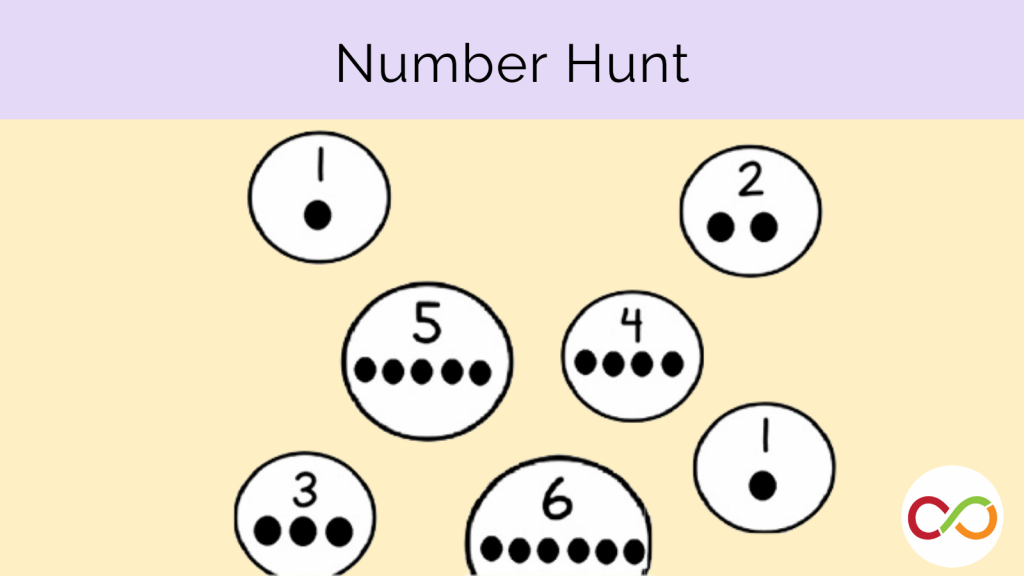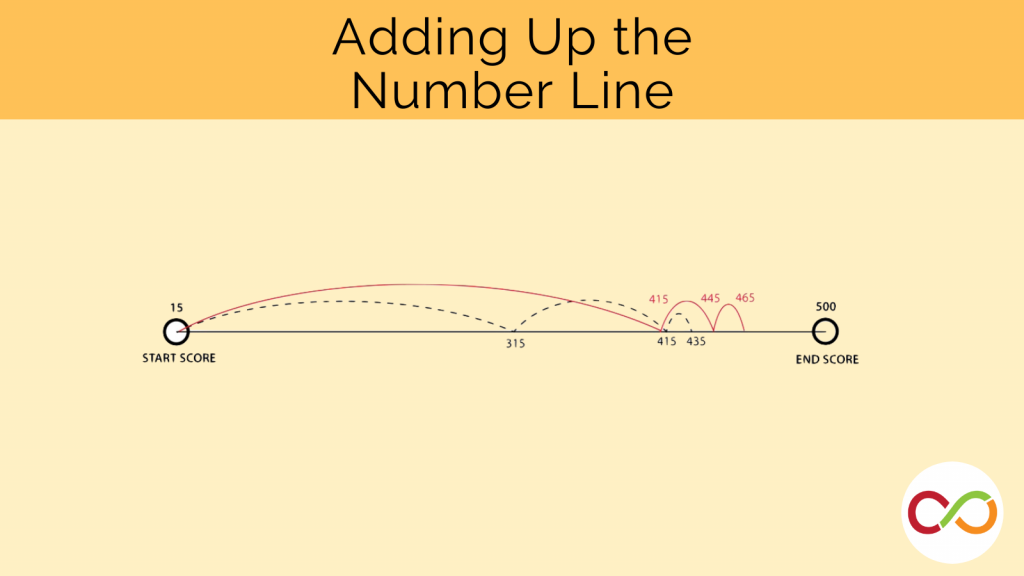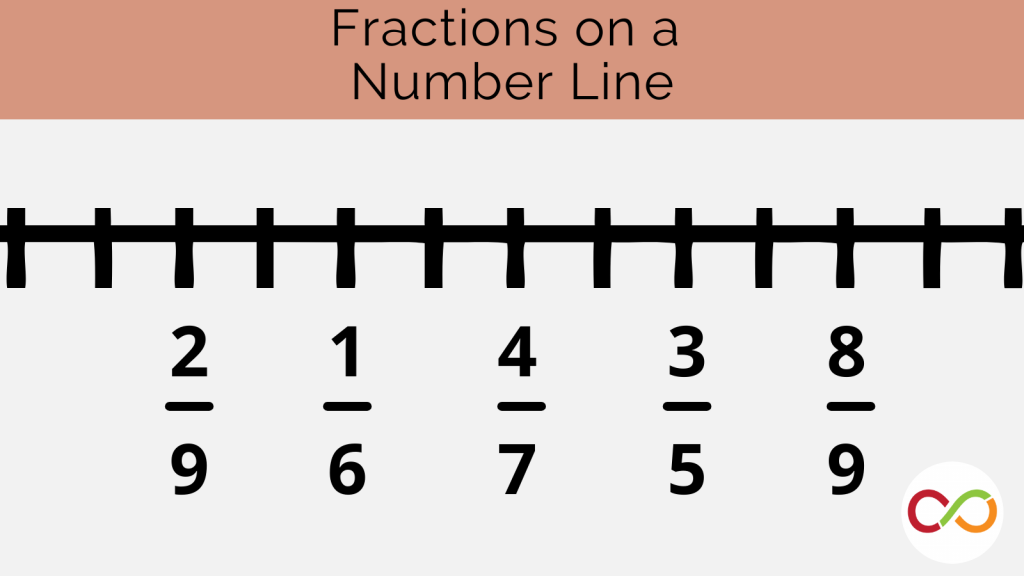Empty Number Line Assessment
Introduction
The number line can help develop a student’s concept of number and the relationship between numbers in the context of space. The number line contributes to the understanding of measurement, including data represented in graphs.
In this interview-style assessment, educators can observe the accuracy of their students when identifying specific numeric locations on a number line. The scripts below follow potential conversations with early years, primary, and junior students. Please adjust the script according to grade level. A series of number lines have been provided for different learning levels.
Materials
- Pencil
- Number Line 0 – 10 (Appendix A)
- Number Line 0 – 100 (Appendix B)
- Fraction Number Line 0 – 1 (Appendix C)
Interview
Early Years
- Place the 0–10 number line (Appendix A) in front of your student and ask: Do you know what this is?
- If they know it is a number line, encourage them to tell you more by asking: How do you know?
- If they are unsure, continue the conversation by asking: Can you think of something that looks similar?
- You can suggest a ruler if they struggle and explain that a ruler is similar to the setup of a number line.
- Explain to your student that together you are going to explore and look at the numbers between zero and 10.
- Ask your student: How many numbers are there between the zero and 10?
- Whether or not your student correctly answers the question, follow up by saying: Explain how you got this answer. This explanation will provide insight about how well they comprehend numbers.
- If you suspect your student will answer correctly if asked a second time, feel free to do so. You may wish to provide additional information to help your student arrive at the correct answer. This, too, will provide insight into their thinking.
- Tell your student you will be using the 0 – 10 number line one more time, but in a slightly different manner.
- Tell your student you need help placing the number five on the number line. Ask: Can you point to where the number five should appear on the number line?
- Observe how your student is conceptualizing the relationship between the number five and the others on the number line.
Primary
- Place the 0 – 100 number line (Appendix B) in front of your student. Ask: Do you know what this is?
- If they know it is a number line, encourage them to tell you more by asking: How do you know?
- If they are unsure, continue the conversation by asking: Can you think of something that looks similar?
- You can suggest a ruler if they struggle. Explain that a ruler is similar to a number line.
- Encourage the student to describe the features of the number line by asking questions like:
- What is the biggest number on this number line?
- What are some examples of numbers that could be on this number line?
- Explain to your student that, together, you will explore and look at the numbers between zero and 100.
- Ask your student: How many numbers are there between the zero and 100?
- Whether or not your student answers the question correctly, follow up by saying: Explain how you got this answer.This explanation will provide insight about how they comprehend numbers.
- If you suspect your student will answer correctly if asked a second time, feel free to do so. You may wish to provide additional information to help your student arrive at the correct answer. This, too, will provide insight on their thinking.
- Tell your student that you need help placing the number 50 on the number line. Ask your student: Can you point to where the number 50 should appear on the number line?
- You will observe how your student conceptualizes the relationship between the numbers 0, 50, and 100.
- Ask students: What does the number 50 represent on this number line? Students should respond that this is the midpoint or number that is in the middle of zero and 100.
- Ask your student to consider the two sections of the number line created by the number 50. You will present your student with numbers and ask them whether the numbers would be placed between 0 and 50, or 50 and 100.
- Ask your student: Where would the number 48 be placed on the number line?
- If the student responds with the correct section but does not specify the location of the number 48, follow up by saying: Would the number 48 be close to the zero, close to the 50, or in the middle?
- If the student is unsure, continue the conversation by asking: Is the number 48 bigger than 50 or smaller than 50?
- Ask your student: Where would the number 85 be placed on the number line?
- If the student responds with the correct section but does not specify the location of the number 85, follow up by saying: Would the number 85 be close to the 50, close to the 100, or in the middle?
- If the student is unsure, continue the conversation by asking: Is the number 85 bigger than 50 or smaller than 50?
- Continue this exercise with more numbers based on the responses of the student. Be sure to include numbers such as 25 and 75 that fall in the middle of the two sections.
- If students struggle to place numbers on the number line, consider using coloured multilink cubes to compare the values of different numbers. Alternatively, work through the Place Value Assessment to understand how the student conceptualizes the value of each number.
- Ask your student: Where would the number 48 be placed on the number line?
Junior
- Place the 0 – 1 number line (Appendix C) in front of your student. Ask: Do you know what this is?
- If they know it is a number line, encourage them to tell you more by asking: How do you know? Ask the student to elaborate by asking: How is this number line different from other number lines you’ve seen in the past?
- Encourage the student to describe the features of the number line by asking questions, such as:
- What is the biggest number on this number line?
- What are some examples of numbers that could be on this number line?
- Explain to your student that, together, you are going to explore and look at the numbers between zero and one.
- Ask your student: What kind of numbers exist between the zero and one? Can you show me where the fractions you know would be placed on the number line?
- Whether or not your student answers the question correctly, follow up by saying: Explain how you got this answer.This explanation will provide insight as to how well they understand fractions with a value less than one.
- If you suspect your student will answer correctly if asked a second time, feel free to do so. You may wish to provide additional information to help your student arrive at the correct answer. This, too, will provide insight into their thinking.
- Tell your student you need help placing the fraction ½ on the number line. Ask your student: Can you point to where the fraction ½ should appear on the number line?
- You will observe how your student conceptualizes the relationship between the fraction ½ and the other numbers on the number line.
- If they identify the correct position for ½, follow up by asking: Can you point to where the fraction ¼ should appear on the number line, considering the position of ½?
- Explain to your student that you will be representing fractions by partitioning the number line into equal parts.
- Ask your student: Can you divide the number line into five equal parts?
- If they are unsure what this means, tell the student to imagine they are splitting a solid piece of chocolate to share with five friends. Ask your student: What is the length of each part?
- If they create five sections on the number line that are approximately the same length, follow up by asking: Can you label the fraction 1/5 on the number line using these equal parts? Emphasize that 1/5 means “one part of five parts”.
- Ask your student: Can you label the fraction 2/5 on the number line using the equal parts of the number line? Continue with the fractions 3/5 and 4/5.
- Ask your student: Can you partition/split the number line into 10 equal parts?
- Ask your student to label the fractions 1/10, 2/10, 3/10, 4/10, 5/10, 6/10, 7/10, 8/10, and 9/10 on the number line.
- If they complete this task successfully, follow up by asking: Can you identify which fractions with a denominator of 10 are equivalent to the fractions with a denominator of five from earlier?
- To conclude the assessment, ask your student: Can you place 6/5 on the existing number line? Why or why not? Can you place 6/5 on a different number line?
- This question will help you observe how your student conceptualizes fractions with a value greater than one.
Look Fors
- What prior knowledge do students use to make sense of the number line?
- What language is being used when students place numeric values on the number line?
- What misconceptions does the student hold regarding fractions vs. whole numbers?
- Can the student overcome any misconceptions they may hold regarding fractions vs. whole numbers?
Assessment on video: Empty number line
An educator works with a student to determine number knowledge using a structure similar to our empty number line assessment.
Related Lessons
Early Years
Students practice one-to-one correspondence in this fun dice-rolling, bingo-dabbing game!
Primary
In this addition and subtraction game, players attempt to land midway on a number line.
Junior
Using a number line, students explore the relationship between fractions and decimals.



